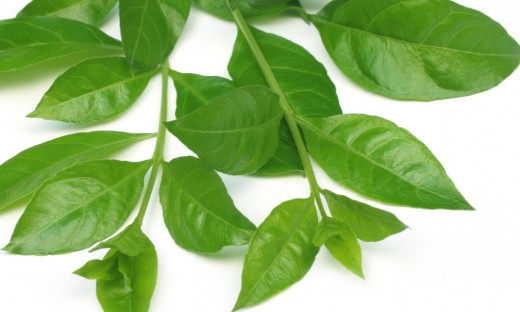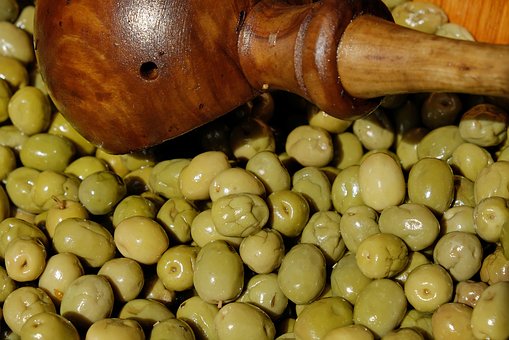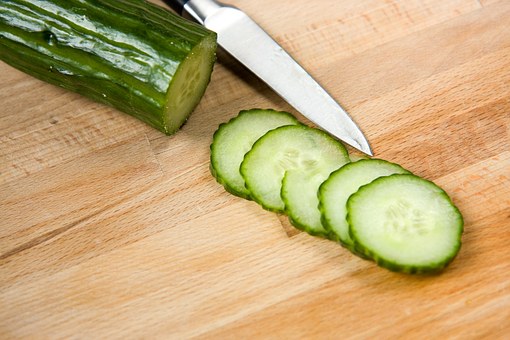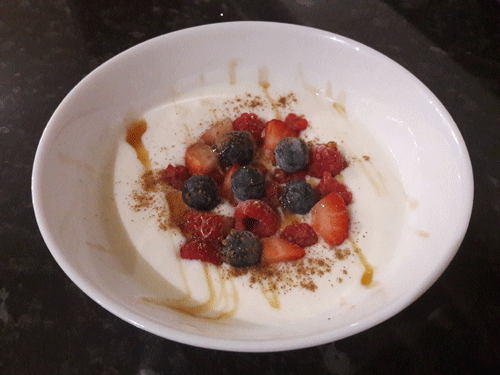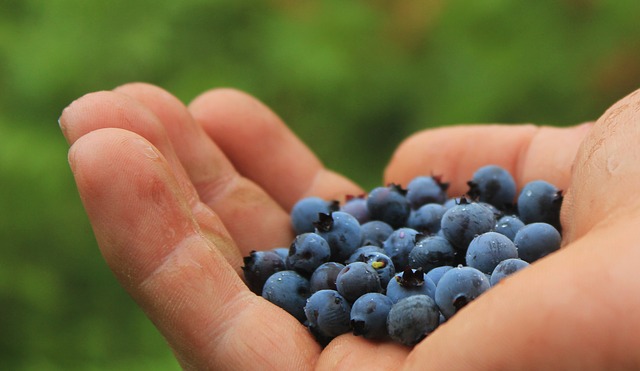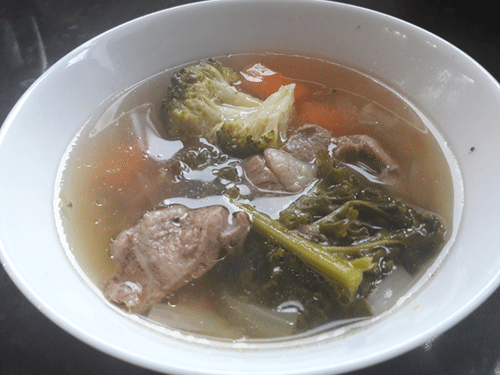The Protective Effects of Lycium Barbarum and Chrysanthemum Morifolum on Diabetic Retinopathies in Rats
© Authored by PubMed
© HealthyMuslim. See Terms and Conditions
Copy Link
Email
Print

Goji berries (Lycium barbarum, wolfberry) grow on an evergreen shrub found in temperate and subtropical regions in China, Mongolia and in the Himalayas in Tibet. They are in the nightshade (Solonaceae) family. Goji berries are usually found dried. They are shriveled red berries that look like red raisins. Goji berries are rich in antioxidants, particularly carotenoids such as Beta-carotene and zeaxanthin. One of zeaxanthin's key roles is to protect the retina of the eye by absorbing blue light and acting as an antioxidant. Goji berries have been used for 6,000 years by herbalists in China, Tibet and India to: protect the liver, help eyesight, improve sexual function and fertility, strengthen the legs, boost immune function, improve circulation, and to promote longevity.
Hu CK, Lee YJ, Colitz CM, Chang CJ, Lin CT. The protective effects of Lycium barbarum and Chrysanthemum morifolum on diabetic retinopathies in rats. 1. Vet Ophthalmol. 2012 Apr 5. doi: 10.1111/j.1463-5224.2012.01018.x. [Epub ahead of print]
Hu CK, Lee YJ, Colitz CM, Chang CJ, Lin CT. The protective effects of Lycium barbarum and Chrysanthemum morifolum on diabetic retinopathies in rats. 1. Vet Ophthalmol. 2012 Apr 5. doi: 10.1111/j.1463-5224.2012.01018.x. [Epub ahead of print]
The effects of Lycium barbarum and Chrysanthemum morifolum extracts on diabetic retinopathy were evaluated. The diabetes model was induced by streptozotocin. Animals were divided into six groups: the control group received only vehicle; diabetic animal models received no treatment, insulin treatment, Lycium extract, Chrysanthemum extract, or a combination of Lycium and Chrysanthemum extracts, respectively. Retinal function was evaluated by electroretinography, and the diabetic progression was monitored by blood test for hyperglycemia. In addition, retinal histopathology and retinal glial reactivity were also investigated. The electroretinographic amplitudes of the a- and b-waves were significantly decreased in the diabetic animals, and the implicit time of the b-wave was also delayed, compared to the control group. However, reductions in the a- and b-wave amplitudes were not observed in the Lycium-treated group. Histopathological studies showed no significant differences between the Lycium-treated, Chrysanthemum-treated, Lycium/Chrysanthemum-treated groups, and the control group. The results of this study suggest that L.?barbarum may have protective effects in diabetic retinopathy.
Link to this article: Show: HTML Link • Full Link • Short Link
Share or Bookmark this page: You will need to have an account with the selected service in order to post links or bookmark this page.





|
Related Articles:
- Polysaccharides From Wolfberry Prevents Corticosterone-Induced Inhibition of Sexual Behavior and Increases Neurogenesis
- Polysaccharides From Lycium Barbarum Leaves: Isolation, Characterization and Splenocyte Proliferation Activity
- Lycium Barbarum Polysaccharide Inhibits the Proliferation of HeLa Cells by Inducing Apoptosis
- Anti-Inflammatory and Anti-Angiogenic Effects of Flavonoids Isolated From Lycium Barbarum Linnaeus on Human Umbilical Vein Endothelial Cells
You must be registered and logged in to comment.
Most Popular
Latest Articles
Popular Subjects
Health, fitness and longevity
Based upon the principles of health
in the Qur'an and Prophetic Traditions.
HealthyMuslim.Com
There are two bounties in which
most people lose out: good health
and free time. Al-Bukhari.
The information on this site is provided for educational purposes only. It is not intended as a substitute for professional advice of any kind.








